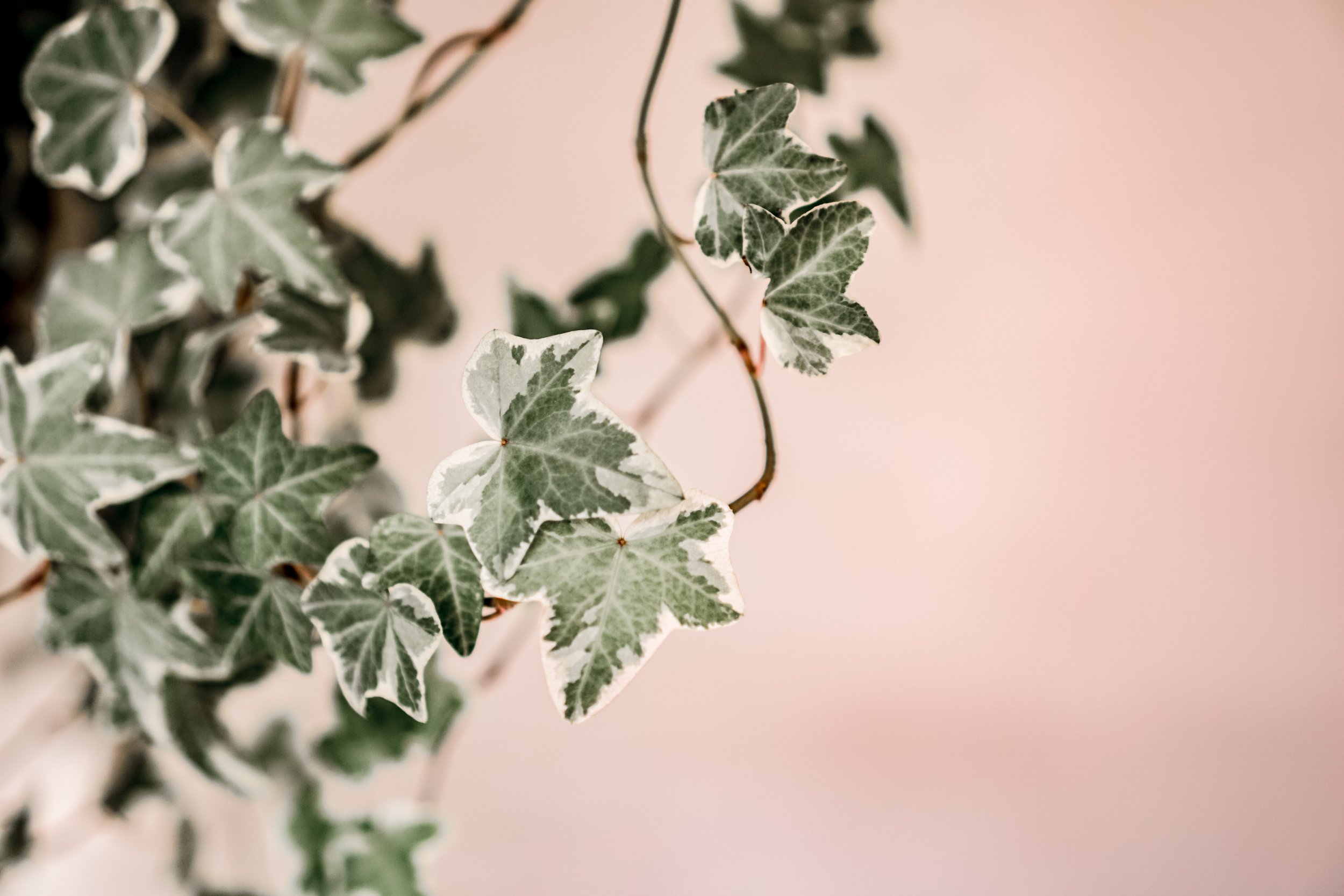English Ivy Plant Care: Cultivating Beauty Indoors the British Way
The English Ivy plant, also known as Hedera helix, holds a special place in the hearts of garden enthusiasts and interior décor lovers alike. With its lush foliage, delicate flowers, and the ability to thrive indoors, English Ivy has become a cherished houseplant in many British homes. In this article, we will delve into the art of English Ivy care, exploring its unique features, benefits of indoor cultivation, and tips to ensure your ivy thrives in the cozy corners of your living space.
Unveiling the Allure of English Ivy
The British Isles are no stranger to the enchanting beauty of the English Ivy plant. Known for its trailing vines and vibrant green leaves, English Ivy has earned its reputation as a classic symbol of elegance. While it is commonly associated with climbing picturesque walls and fences outdoors, it has also found its way into homes as an indoor houseplant.
Caring for Your English Ivy Plant
When welcoming an English Ivy into your home, choose a spot where it can receive indirect sunlight. While this plant can tolerate low-light conditions, it thrives when provided with bright, filtered light reminiscent of its outdoor habitat.
Opt for well-draining soil to prevent waterlogging, as English Ivy prefers slightly moist conditions. Allow the top inch of soil to dry before watering, and ensure proper drainage to avoid root rot.
English Ivy is accustomed to the cool climate of the British countryside. Aim to maintain a comfortable room temperature of around 50-75°F (10-24°C) and provide occasional misting to mimic the humidity it enjoys outdoors.
Regular pruning not only keeps your English Ivy compact and tidy but also encourages new growth. Additionally, if you desire the plant to cascade gracefully, consider training its vines along a trellis or support.
The Blossoming Beauty - English Ivy Flowers
Beyond its leaves, English Ivy surprises with clusters of small, intricate flowers. While these flowers might not be its main attraction, they add a touch of whimsy to the overall appearance. These flowers are typically greenish-yellow and appear during the autumn season, making it a delightful surprise for indoor gardeners.
Benefits of Cultivating English Ivy Indoors
One of the standout benefits of having English Ivy indoors is its ability to purify the air. It's known to filter out toxins such as formaldehyde and benzene, contributing to a healthier indoor environment.
English Ivy's graceful vines and lush leaves bring a touch of timeless elegance to any room. Whether it's draped along a bookshelf or cascading from a hanging basket, its aesthetic appeal is undeniable.
Challenges and Precautions
While English Ivy can be a rewarding addition to your indoor garden, it's important to note that the plant is toxic if ingested. Keep it out of reach of children and pets, and handle it with care.
Embrace the Charm of English Ivy Indoors
As we conclude our journey into the world of English Ivy care, it's evident that this versatile plant brings both natural beauty and a breath of fresh air to British households. From its iconic foliage to its air-purifying qualities, English Ivy remains a symbol of tranquility and refinement. By understanding its care needs and integrating them into your indoor gardening routine, you can bask in the splendor of this classic plant while enjoying the comforts of home.
So, why not invite a touch of the British countryside into your living space with an English Ivy plant? With the right care and attention, you'll be rewarded with the timeless elegance and soothing ambiance it effortlessly provides.
Visual Source: pexels.com












